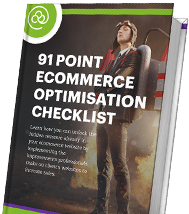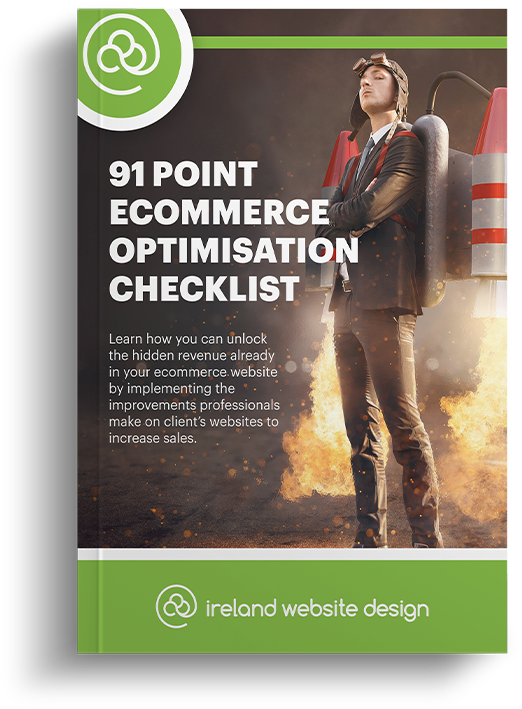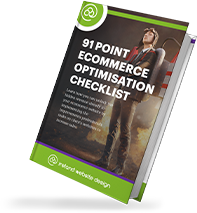With the rise of showrooming in 2016, the physical bricks-and-mortar store faces another setback in the competition against shopping online.
Showrooming is a trend witnessed by analysts whereby people view and experience a product in a physical store location but then purchase the product online after researching for a cheaper price. This makes sense in many ways as it eliminates a problem with online shopping. The problem is that you cannot physically experience the product that you are interested in buying online – text, images, and video can only go so far. So if you visit a physical store that sells the product, you can hold it and interact with it to make sure you want to buy it. Provided you are happy with the product; you can then browse online to purchase the product at a great price.
With this phenomenon, bricks-and-mortar stores are arguably becoming museum/gallery settings for products. If the sale is not happening in-store, they only exist to showcase items for viewing purposes. This concept of showrooming should be a definite worry for physical stores and encourages them to search online to see what prices their products can be bought for. It is worth competing with these prices to facilitate the sales in-store. Bricks-and-mortar stores can also differentiate themselves that bit more by offering extra incentives such as extended warranties or package deals and offers.
Another aspect that physical stores fall down on is the lack of relatable consumer-generated content that online stores can offer. This content usually takes the form of reviews and testimonials posted on websites and peppered throughout online stores. As we know, potential customers respond well to peer reviews as they find this content relatable and understandable. It is a big factor of the buying process that is a given online but that bit harder to experience in physical stores.
Yet despite the blow, all is not lost for these physical locations. They need to be conscious of these changing trends and combat them as best as possible. In 2016 and beyond, online stores will always have the upper hand. They can change their prices at the push of a button whereas a physical store would have to spend time on updating price tags, labels, and their cash registers and price scanners. In a similar vein, new stock is simply added to an online store webpage whereas it has to have a room made for it on physical shelf space. The physical retailer must adapt to the change to save it from becoming a museum setting.
Online shops and eCommerce websites are some of our most popular website design builds at Ireland Website Design. Our team can develop and design a website that will drive sales to your business. Contact us to make your business’s online aims and goals a reality.




